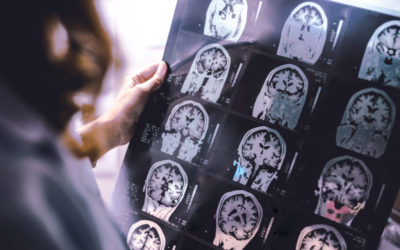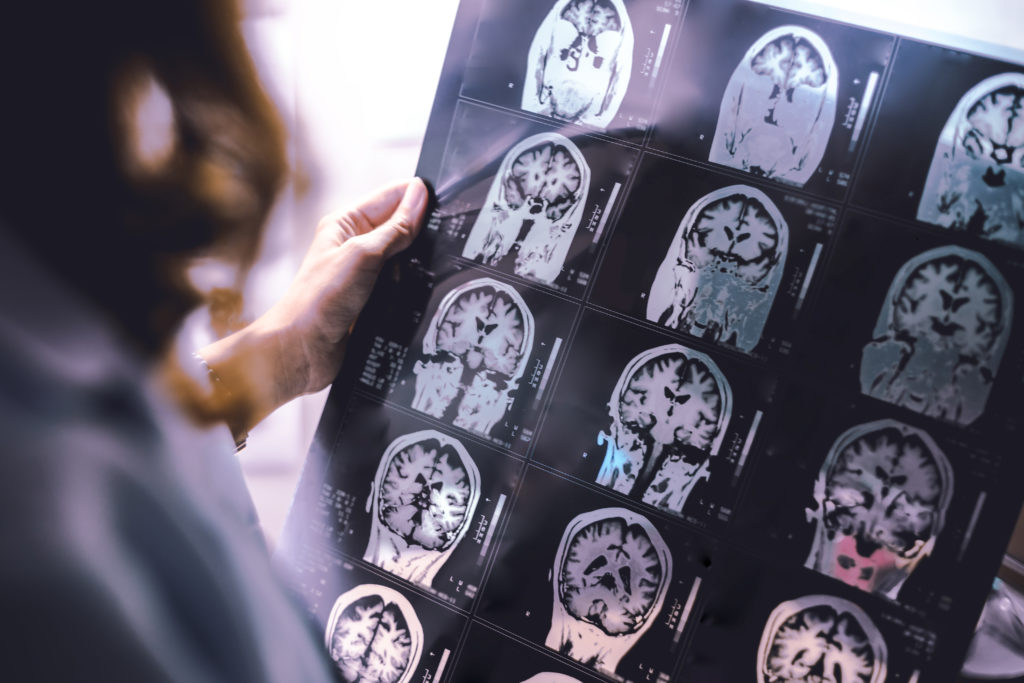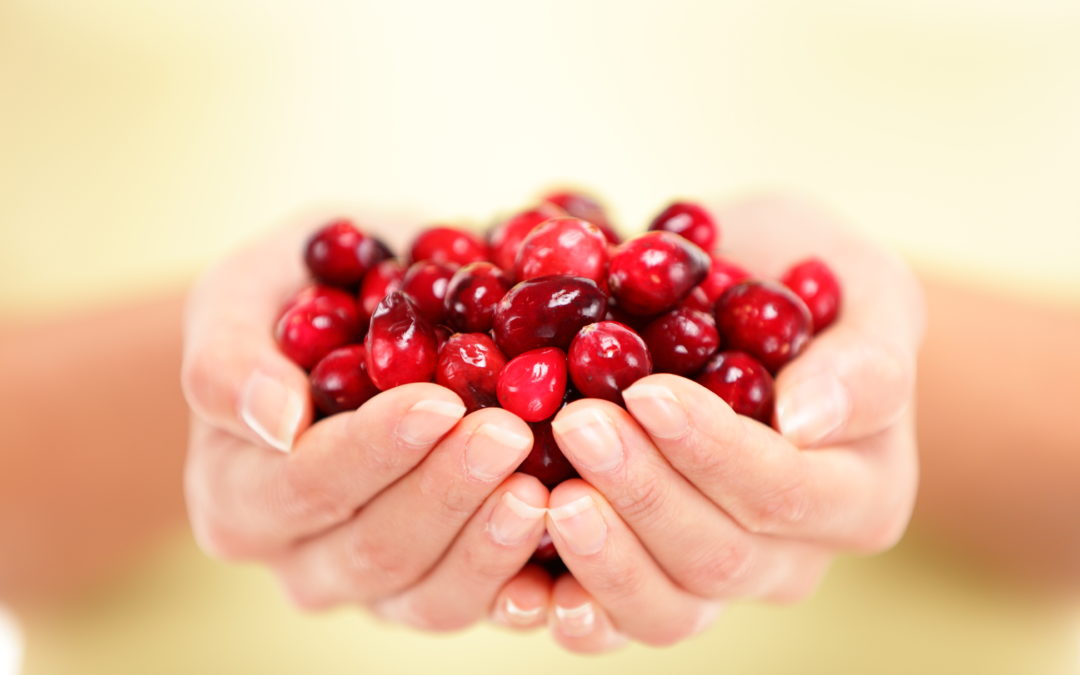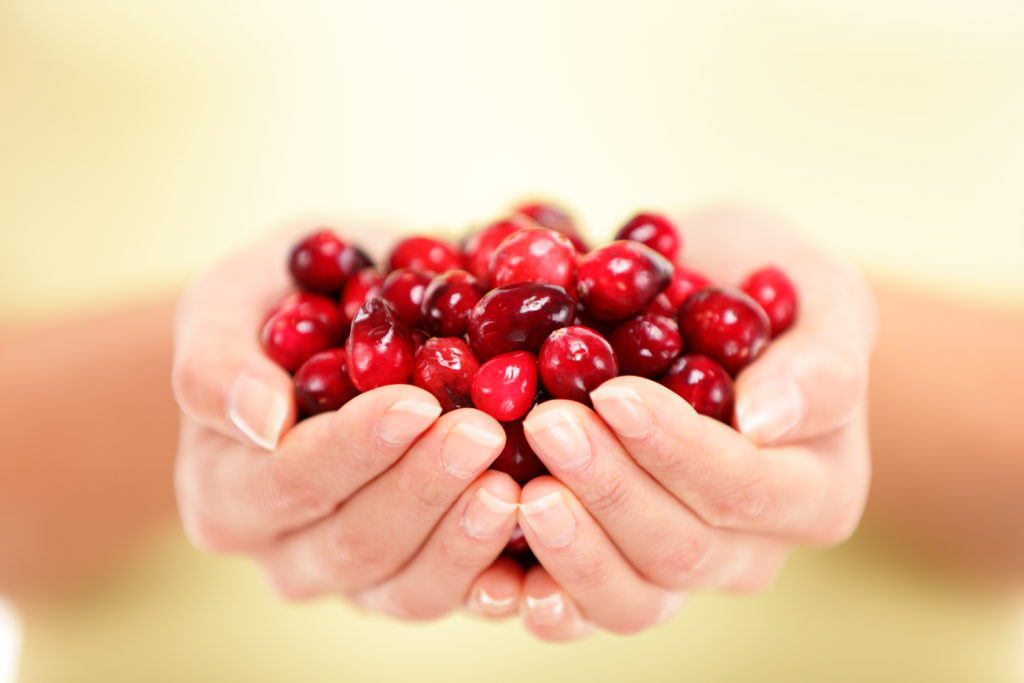Quick HitsDaily brief research updates from the cognitive sciences ratitude is a nice thing to have, I think we all agree on that. But when it comes to the workplace some may see it is just being nice, and not being focused enough on the hard...

How Gratitude between Co-Workers Lowers Stress and Increases Performance
Quick Hits
Daily brief research updates from the cognitive sciences

Gratitude is a nice thing to have, I think we all agree on that. But when it comes to the workplace some may see it is just being nice, and not being focused enough on the hard realities of work. Or worse see it as turning the workplace soft! But a study just out, shows how gratitude can have multiple positive impacts – also on performance.
How did they measure this?
The researchers at the University of California put 200 participants through a high-stress competitive task in teams of two. This involved a task that was basically impossible to complete: coming up with a proposal in 6 minutes for a product to use on campus and followed by a six-minute presentation to a panel of judges. As you can see this is designed to optimally raise stress within very short- time frames to complete a task and then face a panel of judges. This was also combined with a financial reward of $200 dollars to give financial incentives meaning something was also at stake. Increasing rewards has also been shown to increase stress.
During the task participants wore electrodes on their heart and neck to measure heart signals and also wore a blood pressure cuff to monitor blood pressure.
Some of the teams were randomly assigned to express gratitude whereby one team member would express gratitude or thanks to the other team member prior to completing the task.
What were the results?
In both parts of the experiment, the design phase and the pitch phase, a short gratitude intervention, of one team member expressing gratitude to the other, improved cardiovascular responses. This pushed the response pattern from a negative stress response to what is known as a challenge response. This is when stress optimises performance rather than restricts performance.
This shows that gratitude lowers stress and improves performance in either a creative collaborative task or a high stakes performance tasks such as presenting to this panel of judges.
The researchers note that this gratitude intervention increases concentration, gives more confidence, and allows more people to reach peak performance. All while avoiding the negative effects of stress. This not to mention playing a fundamental role in strengthening relationships.
If that ain’t a good thing, I don’t know what is●

Andy Habermacher
Andy is author of leading brains Review, Neuroleadership, and multiple other books. He has been intensively involved in writing and research into neuroleadership and is considered one of Europe’s leading experts. He is also a well-known public speaker speaking on the brain and human behaviour.
Andy is also a masters athlete (middle distance running) and competes regularly at international competitions (and holds a few national records in his age category).
Reference
Yumeng Gu, Joseph M. Ocampo, Sara B. Algoe & Christopher Oveis.
Gratitude Expressions Improve Teammates’ Cardiovascular Stress Responses.
Journal of Experimental Psychology: General (In press), 2022
More Quick Hits
How Gratitude between Co-Workers Lowers Stress and Increases Performance
Brain Scans Can Predict Your Political Affiliation
Quick HitsDaily brief research updates from the cognitive sciences rain scanning of political partisans is not new and it has long been reported that brain scans can predict political affiliation. But those studies were scans of political partisans...
Children with Same-Sex Parents Are Socially Well-Adjusted
Quick HitDaily brief research updates from the cognitive sciences his is not the first study to report that children of same-sex parents are well adjusted, there are plenty, but it is one of the first to be representative and hence gives some...
Simple Exposure to New Things Makes Your Brain Ready to Learn
ouldn’t it be great if we could learn things with no effort? Well, actually we often do, and children learn vast quantities of information, and knowledge with little to no effort – think of how well we learn languages which become fiendishly...
So, Can Cranberries Improve Memory?
tend to be hesitant to report on studies of single foods doing amazing things (because many do), but this piece of research still caught my eye. So, what did this group of researchers from the University of East Anglia find? Well, they...
The Real Problem with Social Media: It Induces Dissociative States
Quick HitsDaily brief research updates from the cognitive sciences ocial media seems to hijack our brains – or at least according to popular narratives. Most of us have experienced this where you get stuck in an endless stream of content,...















